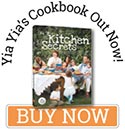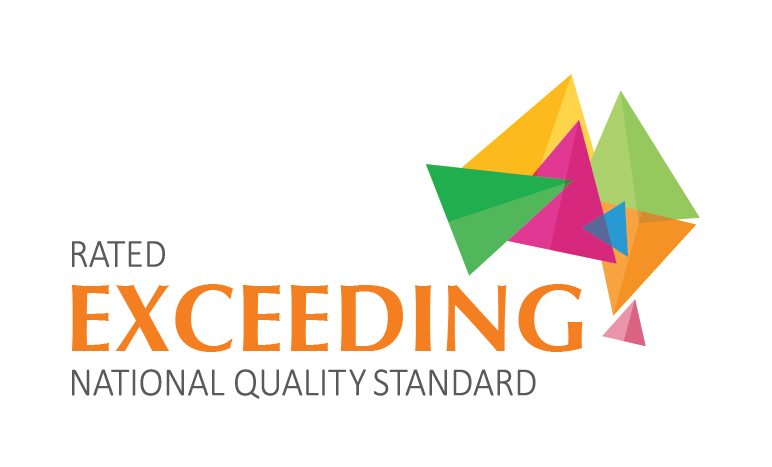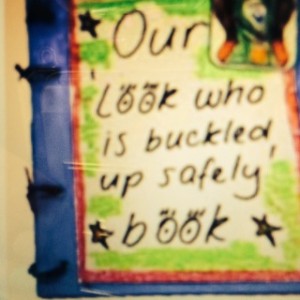Recently our team at little darlings attended a kids and traffic seminar called OUT AND ABOUT: SAFE JOURNEYS WITH KIDS.
The holiday period is near approaching and families may be taking long car trips to reach their holiday destinations.
After attending the seminar I thought the information below adapted from; kids and traffic early childhood road and safety education program may be of good use to help your trip run smoother.
IN PARTNERSHIP WITH TRANSPORT FOR NSW AND MACQUARIE UNIVERSITY- Adapted from Kids and Traffic
Some families use DVD players and mobile devices such as tablets to keep their children entertained during a journey by watching favourite children’s programs on DVD or online. Encourage them to interact with this technology –using simple search terms, find free tablet apps before you leave, so children can
• ‘draw’, ‘make art/art maker’
• ‘create/make picture/puzzles for children to solve’
• ‘make story books’, ‘create animations’, ‘make photo stories’ using family photos
• sing along with ‘karaoke for kids’
• ‘make an e-book’ and ‘record audio stories’ with you, using drawings/photos of a previous journey for them to view and listen to as they travel.
• suggest they use a tablet to take photos as they travel. Find free ‘photo matching’ apps to make the photos of their adventures into a matching game.
• make a ‘Look who’s buckled up safely’ matching book with your children before your trip by collecting photos/images/drawings of adult and child passengers safely buckled up. To turn it into a flip book, cut the photos in half and laminate them if possible.
• follow up on your ‘Look who’s buckled up safely’ book with a ‘travel safely’ matching flip book.
• print the ‘Travel Safely’ cards (in Info sheets from the kids and traffic website )
Kids and Traffic- Key road Safety Messages for all the adults in a child’s life
When children are walking near roads, footpaths, driveways and car parks,
• hold their hands until they are at least 8 years old
• ensure they hold onto a pram, stroller, bag, trolley or your clothing if you cannot hold their hand
• closely supervise them up to at least the age of 10 years.
BEFORE driving with children Visit an authorised restraint fitter to make sure each child’s restraint is
• certified to meet the Australian/New Zealand Standard
• correctly installed and checked
• correct for the child’s age and size1 according to the law2.
For children –
Younger than 6 months – rearward facing child restraints
Between 6 months and 4 years – either rear or forward facing child restraints
Between 4 and 7 years – either forward facing child restraints or booster seats.
From 7 years – booster seats (fastened with a lap/sash seatbelt) or, if they no longer physically fit in a booster, adult seatbelts.
To be optimally protected in the event of a crash, children should stay in the specified restraint type for as long as physically possible.
WHILE driving with children, make sure they
• are always buckled up in their child restraint or booster seat and stay buckled up, awake or asleep, no matter how short the journey
• enter and exit the car through the ‘Safety Door’ – usually the left-hand rear kerbside door.
Ensure more mobile children enter first and exit last to help keep them safe
• sit in the back seat. In a vehicle with two or more rows of seats, children under 4 years must not sit in the front seat. Children between 4 and 7 years can only sit in the front seat if all the back seats are taken up by children under 7 years of age.
When children are playing or cycling
• make sure the area is safe and away from traffic and water
• actively supervise them while they are playing
• check they are wearing a correctly fitted helmet, suitable clothing and enclosed shoes when riding wheeled toys and bikes.
ROAD SAFETY MESSAGES TO SHARE WITH YOUNG CHILDREN
These Kids and Traffic Key Road Safety Messages are designed for adults to use with young children as they travel together as passengers and pedestrians and at play. Early childhood educators are ideally placed to share these messages with children during everyday experiences – dramatic play, music and story, arrivals and departures, transition times and discussions. They are also ideally placed to share these messages with families for them to use when out and about with their children.
Adults are responsible for the safety of the young children in their lives but by using these Kids and Traffic Key Road Safety Messages, they can engage children in learning about how to be safe in the traffic environment without making them responsible for their own safety.
Pedestrian messages
• Always hold a grown-up’s hand.
• When a grown-up’s hand is not available, hold a pram, bag or clothes.
• Always cross the road with a grown-up.
• Passenger messages
• Always buckle up safely. • Always stay buckled up – awake or asleep.
• Always get in and out of the ‘Safety Door’.
• Safe play messages
• Always ask a grown-up where it is safe for you to play.
• Always wear your helmet when riding your bike or wheeled toy.






